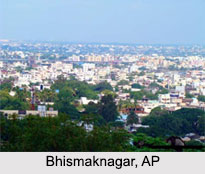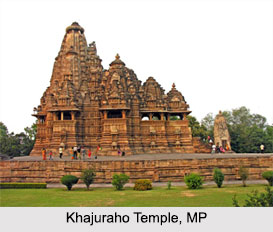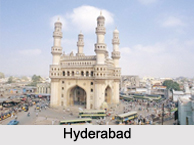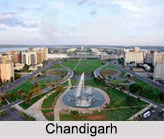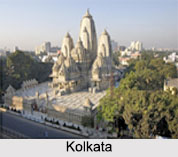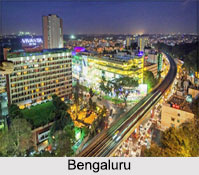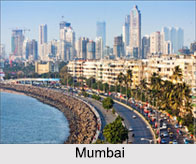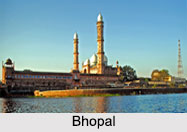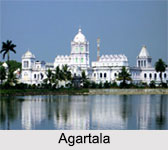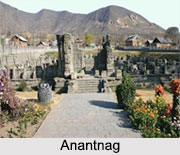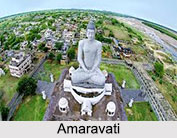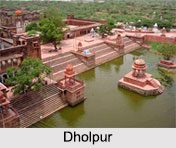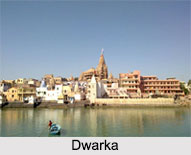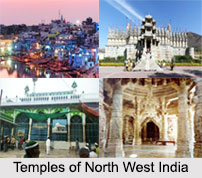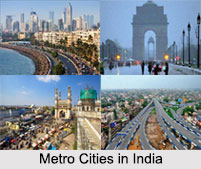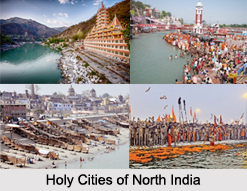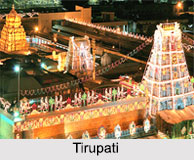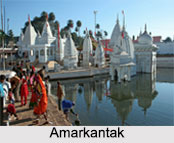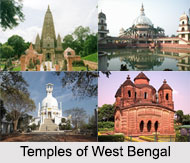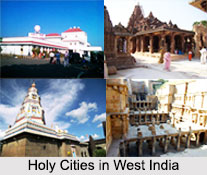Thiruporur is located in Kanchipuram district in the Indian state of Tamil Nadu. It is a panchayat town known as an important pilgrimage centre. The town has a temple dedicated to Lord Murugan. A large temple tank has been constructed close to the temple. The town is situated on Old Mahabalipuram Road. Kelambakkam, a rapidly growing suburb of Chennai is located on one side of the town and Alathur Pharmaceutical Industrial Estate on the other side. These are situated on the on Old Mahabalipuram Road. The name of the town Thiruporur means the location of war. In Tamil the word `por` means war. According to history the battle of Thiruporur was fought against `Thalayaya Asuran.` Thiruporur is located on the Thiruporur High Road and is almost 40 and 41 kilometer away from Chennai. The town is positioned near the impressive Arulmigu Kandaswamy Thirukoil.
Demography of Thiruporur
According to the census report of 2001 Thiruporur had a population of 8302. The males constitute 50% and females constitute 50% of the population. Thiruporur has an average literacy rate of 70%. It is higher than the national average of 59.5%. The male literacy is 77%, and the female literacy is 63%. 13% of the population is under 6 years of age in Thiruporur.
Legend of Thiruporur
The town of Thiruporur was formerly under the reign of a minor Muslim ruler. Once, the king`s daughter was afflicted by a form of vertigo. The king tried various means to cure her daughter but all efforts were in vain. The king`s minister then suggested him to pray to Chidambaraswamy and seek his blessings. The ruler accepted his suggestion and took his daughter to Chidambaraswamy. There they prayed and prostrated before Shri Chidambaraswamy. He then applied the sacred ash on the body of his daughter. Upon doing so the daughter was cured completely. Chidambaraswamy was an ardent devotee of Madurai Meenakshi Amman and even had the vision of the goddess. He had built the temple of Lord Muruga and installed the deity in it. The idol of Lord Muruga is said to be Swayambu. The temple is visited by many devotees from far off places.
Thiruporur is well connected with all modes of transport. Tourists can avail the busses that ply from different places for the town.
